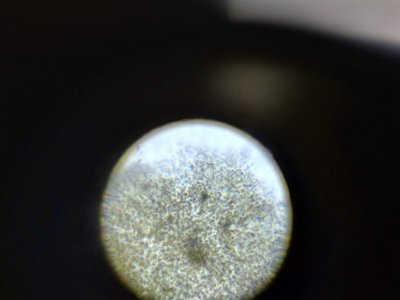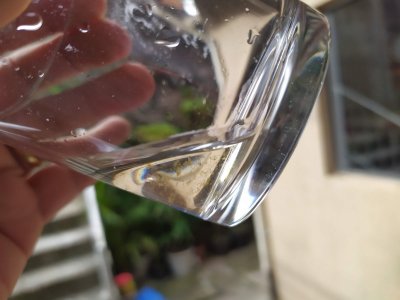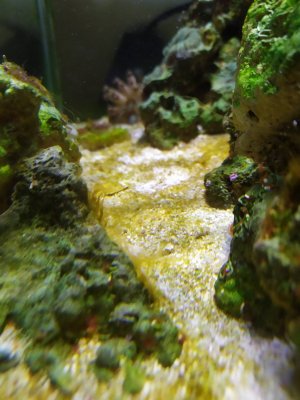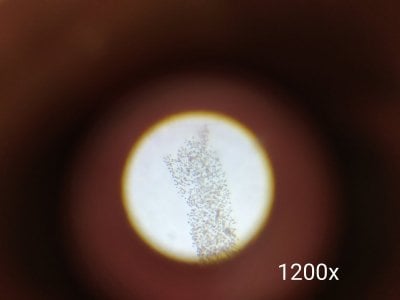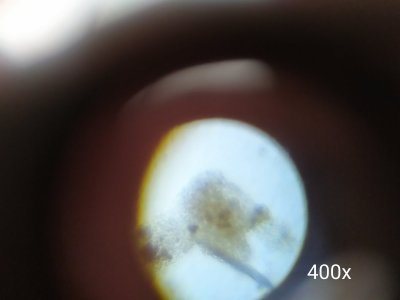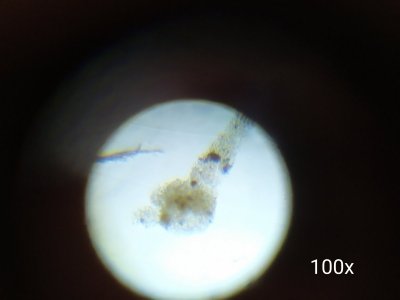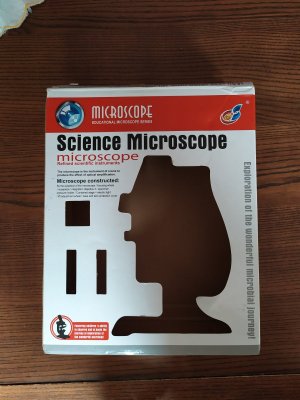Navigation
Install the app
How to install the app on iOS
Follow along with the video below to see how to install our site as a web app on your home screen.
Note: This feature may not be available in some browsers.
More options
You are using an out of date browser. It may not display this or other websites correctly.
You should upgrade or use an alternative browser.
You should upgrade or use an alternative browser.
help to identify algae
- Thread starter Miranda
- Start date
- Tagged users None
Really ? under the microscope they don’t move and have a round shapebrown color with bubbles on the top means it's Dino.
Start Dino X treatment for 40 days and you will be ok. Then control nutrients so it doesn't come back.
Dinoflagellates are often round. Is this a well plate or did you use a coverslip? Coverslips and prolonged exposure to heat (like from a light element) can reduce movement to nothing. Try getting a less concentrated sample at tank temperature in a large drop of water.
Just my suggestions.... Good luck!
Just my suggestions.... Good luck!
I just collected a sample and put it under the microscope it doesn't move, I've had dinoflagerates in the past and it movedDinoflagellates are often round. Is this a well plate or did you use a coverslip? Coverslips and prolonged exposure to heat (like from a light element) can reduce movement to nothing. Try getting a less concentrated sample at tank temperature in a large drop of water.
Just my suggestions.... Good luck!
i will try a 3 day blackout
i'm worried is growing very fast
OOOoo that it no good! Good luck!I just collected a sample and put it under the microscope it doesn't move, I've had dinoflagerates in the past and it moved
i will try a 3 day blackout
i'm worried is growing very fast
- Joined
- Oct 28, 2019
- Messages
- 166
- Reaction score
- 42
Really ? under the microscope they don’t move and have a round shape
Yes but it looks very same to Dino I have faced long time. I used Dino X and it vanished
The microscope pics are too low mag to make a definite identification. Can you increase the mag and clarity?
Grab a clump of the stuff from the sand and then focus the microscope on the outer edges of that clump. This gives less congestion and easier viewing of any cells and more room for them to move.
Grab a clump of the stuff from the sand and then focus the microscope on the outer edges of that clump. This gives less congestion and easier viewing of any cells and more room for them to move.
- Joined
- Feb 3, 2020
- Messages
- 139
- Reaction score
- 286
I am far from an expert. I have just started using a microscope and am still trying to piece together what I have observed. I just want to show why I think you need more detail to determine what you have.




Fig 1 shows cyano bacteria. I did not take a macro picture. It forms mats on the sand similar to your picture
Fig 2 shows a macro picture of my aquarium glass.
Fig 3 is a microscope image from the aquarium glass. It has a large percentage of dinos. They were moving fast when first placed on the slide. I don't know what the larger brown algae is. Maybe dinos clumped together.
Fig 4 is another microscope image from the aquarium glass. Here the green dots are not dinos or cyano. It is a type of green algae the clean up crew loves to eat.
So, 3 type of algae and bacteria looking like dots.
Fig 1 shows cyano bacteria. I did not take a macro picture. It forms mats on the sand similar to your picture
Fig 2 shows a macro picture of my aquarium glass.
Fig 3 is a microscope image from the aquarium glass. It has a large percentage of dinos. They were moving fast when first placed on the slide. I don't know what the larger brown algae is. Maybe dinos clumped together.
Fig 4 is another microscope image from the aquarium glass. Here the green dots are not dinos or cyano. It is a type of green algae the clean up crew loves to eat.
So, 3 type of algae and bacteria looking like dots.
Fig 1 shows cyano bacteria. I did not take a macro picture. It forms mats on the sand similar to your picture
yes it seems a lot, i will try the blackout of 3 days
if it doesn't work I'll try red slime
Similar threads
- Replies
- 2
- Views
- 134
- Replies
- 3
- Views
- 121
- Replies
- 1
- Views
- 187


